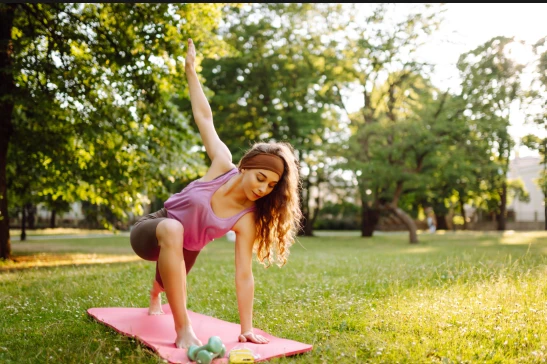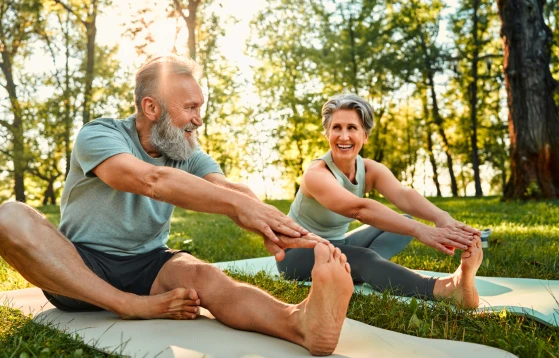By Terrence Shenfield MS, RRT-ACCS, RPFT, NPS, AE-C
Staying active as you age isn’t just about maintaining strength — it’s about improving your quality of life. Endurance exercises enhance cardiovascular health, increase longevity, and help you move efficiently through daily tasks. This guide covers how to build stamina safely and effectively as an older adult.
Get ready for expert tips, beginner routines, and insights that make endurance training enjoyable and sustainable.
What are Endurance Exercises and Why Do They Matter?
Endurance exercises improve your heart, lungs, and muscles’ ability to sustain activity over time. They help you handle daily tasks efficiently and build overall stamina.
Activities like walking, swimming, and dancing promote heart health, boost circulation, and enhance energy levels while reducing the risk of chronic illness.
Benefits of Endurance Training for Older Adults
- Improves Cardiovascular Health – Strengthens your heart and lungs, reducing the risk of heart disease.
- Enhances Energy Levels – Makes daily activities easier and less tiring.
- Supports Healthy Aging – Reduces muscle loss and improves joint health.
- Boosts Mental Well-being – Releases endorphins that improve mood and lower stress.
- Encourages Social Interaction – Group activities help you stay emotionally connected.
Beginner’s Guide to Building Endurance Safely
Step 1 - Consult Your Doctor
Always consult a healthcare provider before starting any new routine, especially if you have existing conditions.
Step 2 - Begin with Low-Impact Activities
Start with easy options like walking — one of the best endurance exercises for older adults.
- Try a treadmill for controlled walking.
- Join a walking group for motivation.
Step 3 - Set Achievable Goals
Start with small goals such as 15-minute walks and gradually increase duration and intensity.
Step 4 - Incorporate Strength Training
Add light resistance bands or weights to improve overall muscle strength and stamina.
Step 5 - Stay Consistent and Listen to Your Body
Consistency builds endurance — rest when needed to avoid injury.
Top Exercises for Older Adults to Boost Endurance
- Walking – Great for beginners; low risk and effective.
- Swimming – Gentle on joints and offers a full-body workout.
- Cycling – Builds cardiovascular endurance with minimal strain.
- Chair Aerobics – Perfect for limited mobility.
- Dancing – Fun, social, and boosts stamina naturally.
Advanced Tips to Sustain Endurance Training
- Track Your Progress – Log time, distance, or effort.
- Join a Group – Increases accountability and enjoyment.
- Hydrate and Eat Well – Proper nutrition supports endurance and recovery.
- Upgrade Your Gear – Good shoes and comfort equipment prevent injuries.
Learn more about improving stamina here.
Is It Too Late to Start? Absolutely Not!
It’s never too late to start endurance training. Whether you’re 60 or 80, small steps bring great results. Begin where you are and progress gradually.
Check out our Beginner Endurance Guide for Seniors to get started today.
References
- ATECAM. (2025). Ultimate Endurance Guide for Older Adults.
- National Institute on Aging. (2023). Exercise and Physical Activity.
- Mayo Clinic. (2022). Fitness Basics for Older Adults.
- Harvard Health. (2023). The Best Exercises for Aging Muscles.
- American Heart Association. (2023). Staying Active and Healthy at Any Age.
Unlock the benefits of staying active — discover how endurance exercises can redefine aging!



